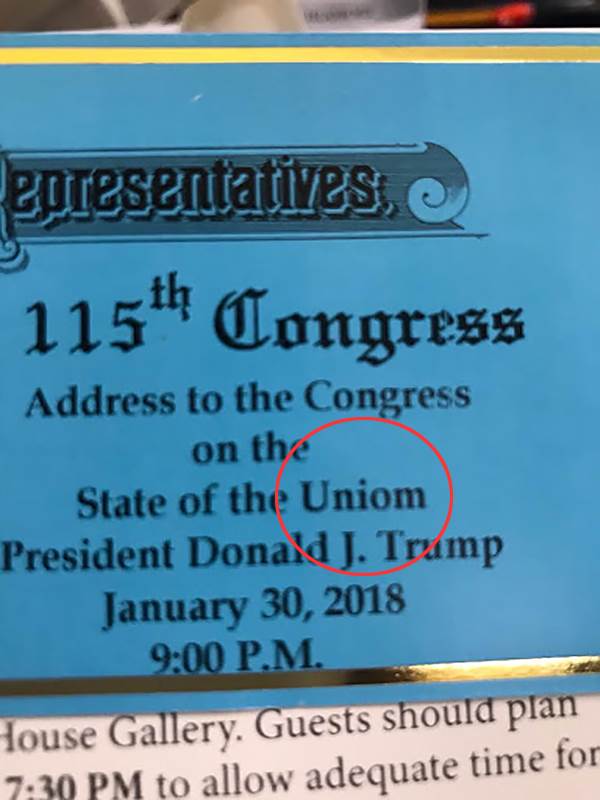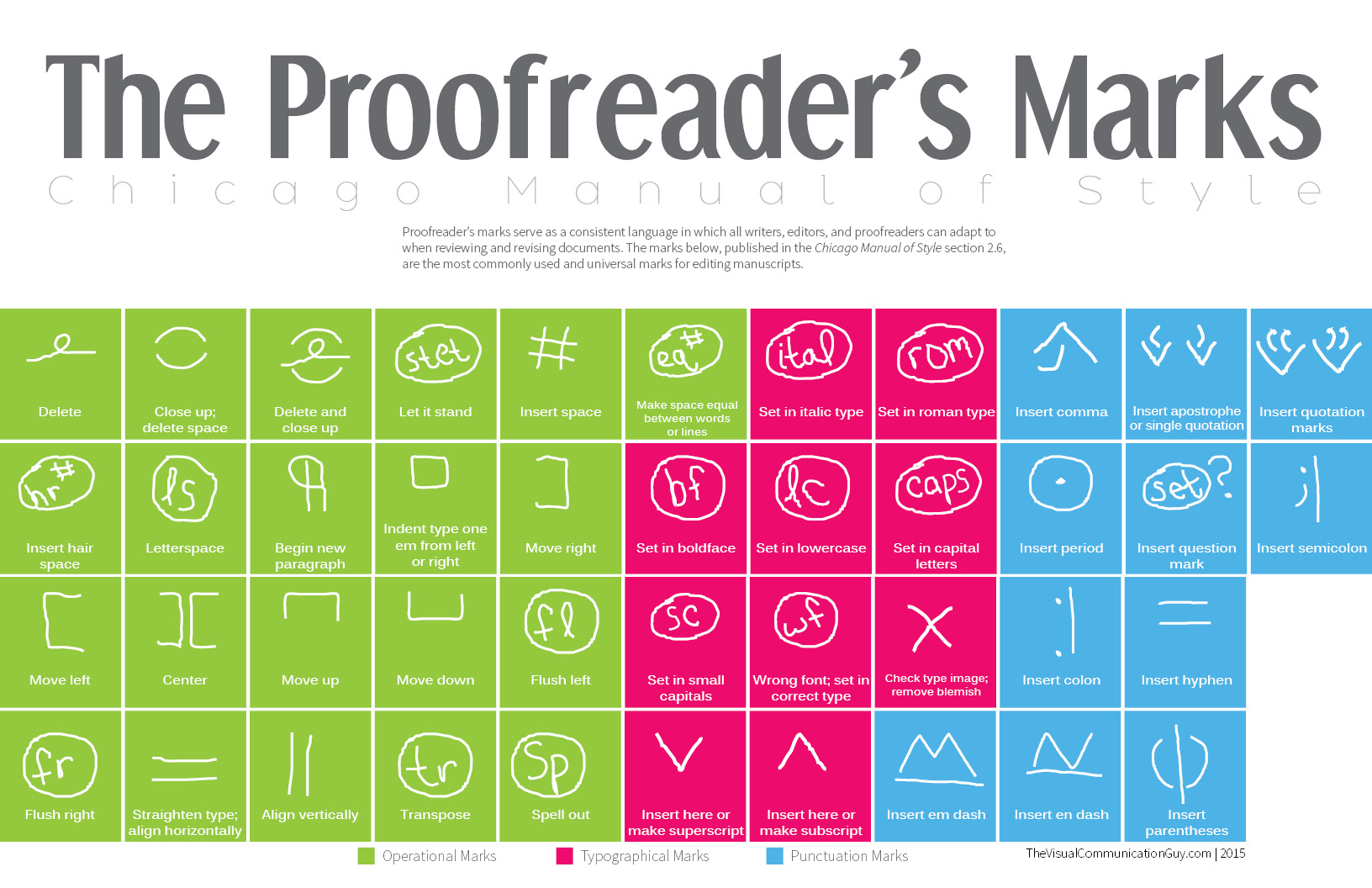For those who think of proofreading as the ancient precursor to a spell-checker, consider the invitation to the most recent State of the Union address. A bit of proofreading could have saved a day’s worth of embarrassing news coverage and the cost of reprinting tickets.
 So, this is not small stuff—it’s a BIG DEAL. At Jackson, we make every effort to catch spelling and grammatical errors before they make it into the final product, be it print or online. While there’s something to be said for a cold read, when it comes right down to the nitty-gritty, there are some proofreading rules that must be adhered to if you want to ensure accuracy, minimize costly reprinting expenses and avoid embarrassment.
So, this is not small stuff—it’s a BIG DEAL. At Jackson, we make every effort to catch spelling and grammatical errors before they make it into the final product, be it print or online. While there’s something to be said for a cold read, when it comes right down to the nitty-gritty, there are some proofreading rules that must be adhered to if you want to ensure accuracy, minimize costly reprinting expenses and avoid embarrassment.
These are some of the proofreading rules we live by:
• Use the right people. Proofreading is a talent as much as a learned skill—maybe more so. Let’s face it, if you hated grammar in school and you’re a lousy speller, you’re never going to love proofreading. Thus, you will never be very good at it.
• Read OUT LOUD with another person. Maybe not every time, but at bare minimum—before the job goes to the client the first time and before approval/release.
• Make sure the people proofreading have access to client style sheets/books.
• Provide proofreader(s) with complete documentation—in chronological order. That’s not too much to ask. A proofreader should feel confident they have accurate reference to proof against and not worry they’re only seeing part of the picture and it’s “good enough.” No, it isn’t.
• Be consistent with proofreader’s marks—identify/create one set as the agency standard. For those unfamiliar with proofreader’s marks, I’ve included one below from The Chicago Manual of Style.
• Use a checklist for quality control. Second Wind has a very thorough one if you’re a member. Or create your own.

Brahma, drama, llama, mama…fee-fi-fo-fama…COMMA!
Some of the more common mistakes I see are with the use of commas and dashes.
Around since 1554, use of the comma has had a profound effect on language and continues to evolve. Just as I bent the rules in paraphrasing Webster.com’s rhyming words and The Banana Song above, we’re still doing it with commas. For example, absolute requirement of the final-in-series comma is still being debated. I’ve found that you either love the Oxford comma, as that final-in-series comma is known, or you hate it. Current standard seems to be play it safe. If unsure, use it.
But the prevailing error I see in proofreading is the choice of the wrong dash. Frequently, a hyphen or suspended hyphen—once known as the “secretary’s friend”—is substituted. Reference manuals devote page after page to the various types and uses, but here’s a brief summary:
En Dash –
To mean “to” or indicate a range between figures or words. It is half the length of an em dash, but longer than a hyphen.
Examples:
2009–2010; pages 5–15; open 10 a.m.–6 p.m.; chapters 2–3
An en dash can also be used to set off bullet points.
Em Dash—
Properly used to mark a suspension of sense, a faltering in speech, an appositive, a sudden change in construction or an unexpected turn of thought*.
Here’s an example:
What are you doing here with the flu—go home!
Warning: Don’t overuse the dash—if a comma would work, use the comma.
*Thanks to my dog-eared, third-edition copy of Words into Type. Don’t even think about borrowing it.








